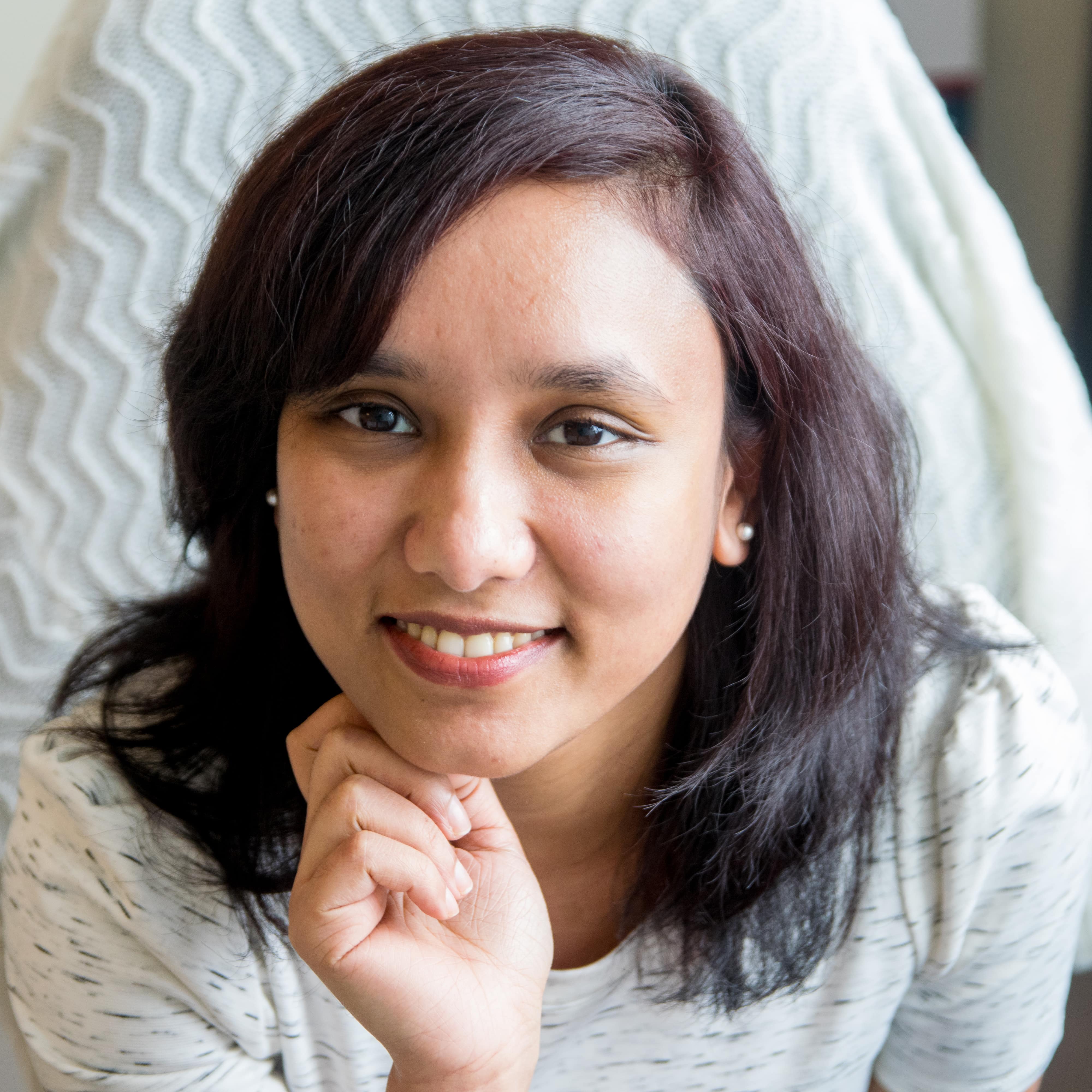Mashrura Musharraf, Assistant Professor of Marine Technology, studies intelligent ships

The introduction of autonomous ships into maritime transport has shown that artificial intelligence will increasingly shape the maritime industry in the coming years.
Assistant Professor Mashrura Musharraf studies the application of interpretive knowledge mining, machine learning and artificial intelligence technologies on ships so that the systems and solutions are human-centered and secure.
She works at the Department of Mechanical Engineering where her first three-year term began on March 1, 2020. She received her doctorate in computer engineering in 2018 from Memorial University of Newfoundland, where she worked as a postdoctoral researcher before joining Aalto University.
What is the goal of your research? What do you want to achieve?
“I am researching artificial intelligence algorithms, and I want to show how important the interpretation and transparency of algorithms is in the development of autonomous ships when the crew of ships is replaced in whole or in part by automation,” Musharraf notes.
What is most challenging about applying artificial intelligence to ships?
“Decision-making in stand-alone systems is still quite simple in the operation of an individual, local vessel. On large ocean-going vessels that face harsh conditions, much more is required of the automated decision-making process.”
"Especially in ice conditions, systems require safety and reliability in addition to optimal performance."
“We can’t ensure safety and reliability of something that we don’t understand. Making the intelligent ships transparent and interpretable will allow us to create a marine industry where AI and human can coexist and co-operate.”
What kind of visions do you have for the ships of the future?
“I believe that the future ships will combine the best of the two worlds – humans and machines. Humans have been successfully carrying on marine operations for years. If we can connect that knowledge with the computational capabilities of machines, we can reach a level of intelligence that would open up a whole new world of possibilities.”
Why study marine technology?
By studying and working in the marine technology field you can make a direct impact. And that has been my biggest drive. I also loved the multidisciplinary nature of the field. During my master’s and PhD program, I worked with a team of very diverse expertise, starting from naval architects to computer engineers. It was fascinating how each of us contributed to ensuring safety at sea in our own unique way. I believe this is an ever-growing field, and there will be no shortage of exciting challenges and opportunities in the years to come.

- Published:
- Updated:
Read more news

Summer School Teacher Interview: ‘The future will be shaped by AI and ML in ways we can only begin to imagine’
Dariush Salami is teaching the brand new summer course Intro to AI and Machine Learning (ML) by Aalto University Summer School, and hopes that students will leave the course with a sense of excitement and curiosity about the potential of AI and ML – and a clear understanding of how they can contribute to the field.
Aalto in 2024: Love pictured in the brain, wooden crystals that make fashion shine, recovering minerals from wastewater and more
This year has been another feast of science and art at Aalto University
Researchers aim to correct quantum errors at super-cold temperatures instead of room temperature
One of the major challenges in the development of quantum computers is that the quantum bits, or qubits, are too imprecise. More efficient quantum error correction is therefore needed to make quantum computers more widely available in the future. Professor Mikko Möttönen has proposed a novel solution for quantum error correction and has received a three-year grant from the Jane and Aatos Erkko Foundation to develop it.